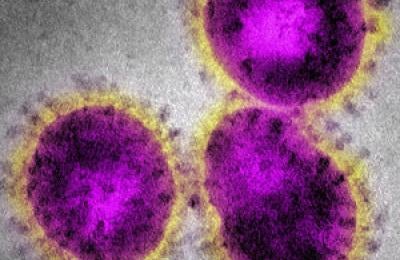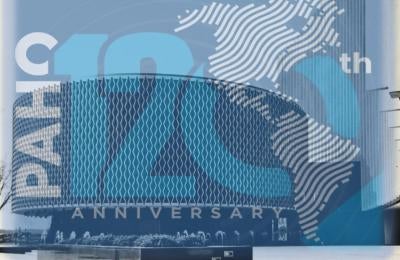Moving forward in the Americas: tobacco control fosters sustainable development
[Extract] The World Health Organization (WHO) estimates that 1.3 billion people in the world aged 15 years and older consume tobacco, of which 128 million (10%) live in the Region of the Americas. Since 2000, when WHO estimates started, the number of tobacco users in the Americas has reduced by 22.4%, from 165 million to 128 million users, even with concurrent population growth. Despite this progress, without additional tobacco control actions, the current projection by 2025 is that around 118 million people will still be using tobacco in the Americas (1).














